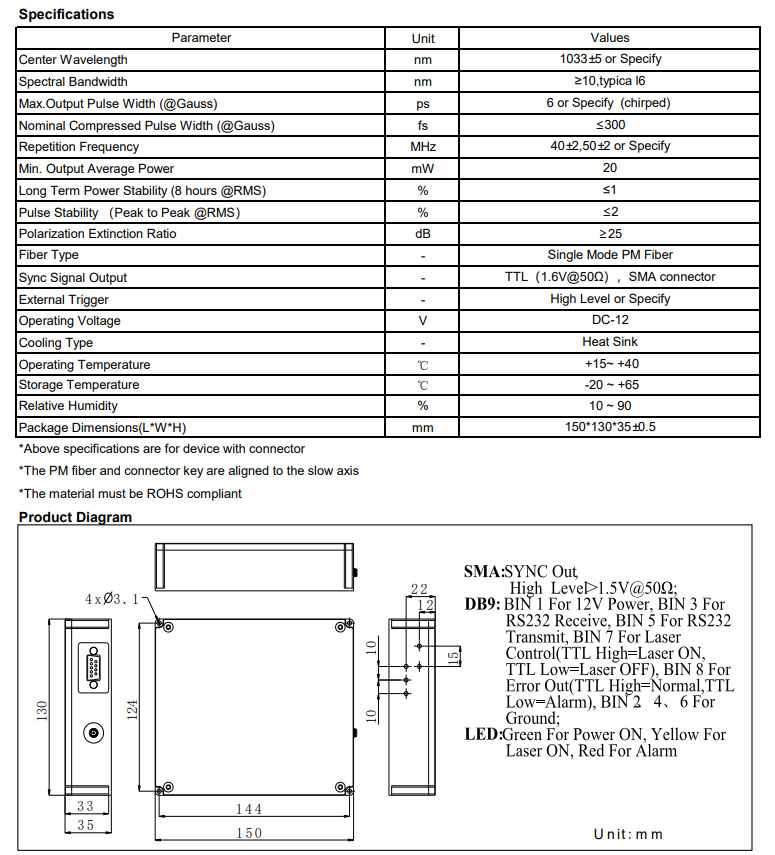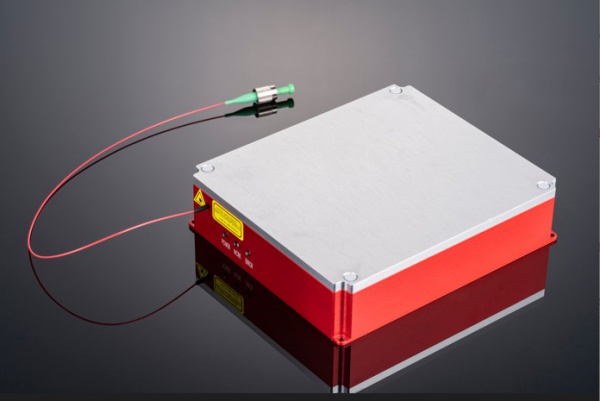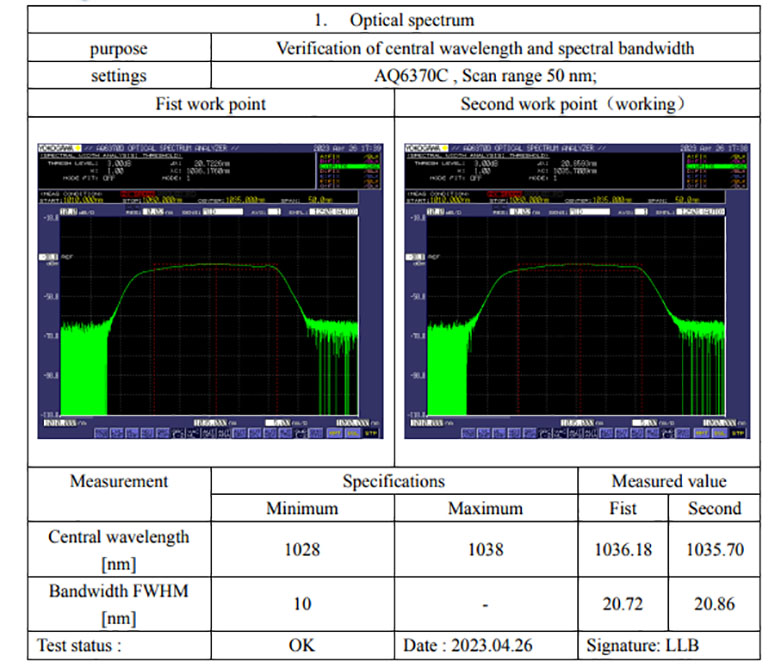
As the demand for precision and efficiency continues to rise in various industries, the utilization of picosecond pulsed laser technology has gained significant attention. This article aims to explore the latest trends and applications of picosecond pulsed lasers, as well as discuss supplier/partner selection strategies for businesses looking to incorporate this cutting-edge technology into their operations.
The Versatility and Precision of Picosecond Pulsed Laser
Picosecond pulsed lasers are characterized by their ultra-short pulse durations, typically in the range of picoseconds (10^-12 seconds). This unique feature allows them to deliver high peak powers while minimizing heat damage to surrounding materials. Consequently, they find extensive use in a wide array of applications such as micromachining, material processing, medical procedures, and scientific research.
With their ability to precisely remove thin layers or create intricate patterns on various surfaces without causing thermal effects or collateral damage, picosecond pulsed lasers have revolutionized industries like electronics manufacturing, semiconductor fabrication, and photovoltaics. These lasers enable manufacturers to achieve higher yields with improved quality control measures due to their exceptional accuracy.
The Optizone Technology Advantage
One notable player in the field is Optizone Technology – a leading provider of advanced laser systems specializing in picosecond pulse generation. Their innovative solutions offer unparalleled performance through precise beam shaping capabilities that optimize energy delivery onto target areas.
Optizone’s proprietary technology ensures uniform energy distribution across large surface areas while maintaining high peak power densities required for efficient material ablation or modification processes. By leveraging these advancements offered by Optizone Technology’s products, businesses can enhance productivity while reducing production costs associated with rework or wastage caused by inferior laser systems.
The Role of Fiber Optic Circulators

Another crucial component in the successful integration of picosecond pulsed lasers is the fiber optic circulator. This device plays a vital role in managing and directing laser pulses within optical systems, ensuring efficient transmission and minimal signal loss.
Fiber optic circulators enable seamless coupling between various components such as lasers, amplifiers, and detectors by allowing light to travel unidirectionally through multiple ports. Their compact size, low insertion loss, and high isolation properties make them ideal for applications requiring precise control over laser beam paths or multi-channel communication systems.
By incorporating fiber optic circulators into their setups, businesses can optimize the performance of their picosecond pulsed lasers while maintaining stability and reliability throughout their operations.
Conclusion
Picosecond pulsed laser technology continues to shape industries with its versatility and precision. The advancements offered by companies like Optizone Technology provide businesses with cutting-edge solutions that enhance productivity and quality control measures. Additionally, integrating fiber optic circulators ensures optimal performance and reliability for these advanced laser systems.
As businesses explore opportunities to incorporate picosecond pulsed lasers into their operations, it is crucial to carefully select suppliers/partners who offer not only state-of-the-art technology but also comprehensive support services such as training programs, maintenance assistance, and responsive customer service. By doing so, organizations can maximize the benefits derived from this transformative technology while staying ahead in today’s competitive market landscape.

